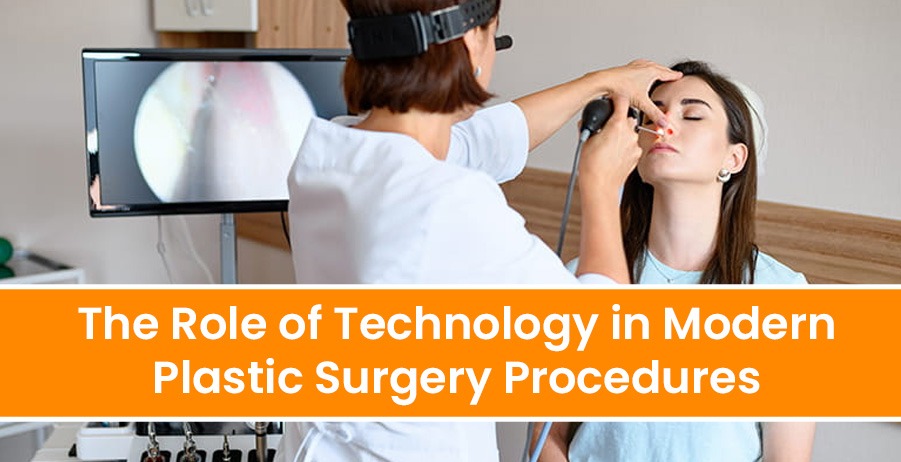
The practice of plastic surgery has always been a delicate connecting line between medical science and human artistry. However, in recent years, a third element has become indispensable: technology. Technology doesn’t take the place of a surgeon's artistry and skill, but modern technology can be thought of as a tool that supports and assists with accuracy, makes procedures safer, and identifies things that were previously not even possible. Technology can make patients feel good about the care they are receiving and can create a personalized experience that is practical and true to the patients' needs and goals.
3D Imaging and Surgical Simulation
One of the most impressive developments has been with pre-operative planning. For complex plastic surgery face procedures, including rhinoplasty or craniofacial reconstruction, we have gone from 2D photographs to far more complicated 3D imaging and simulation. 3D imaging technology has allowed us to create an accurate, interactive digital model of the patient's anatomy.
This virtual model serves as a surgical plan, allowing the surgeon to plan every aspect, understand the intricacies of the anatomy, and even simulate a final outcome. This is transformative for the patient because it helps them understand the procedure proposed, and allows for full discussion and teamwork with their surgeon in creating goals, so that they can share the same physical goals for the outcome.
Advanced Tech in Surgical Fat Removal
Body and facial contouring has undergone major improvements due to the use of novel energy-based devices. The methodologies used for surgical fat removal has greatly evolved from the original concepts of liposuction. Energy-based devices such as VASER uses focused ultrasound technology that allows for gentle disruption of fat cells, but with less significant disruption to surrounding tissue like blood vessels and nerves.
This has a two fold advantage in that more precise and artistic sculpting is achievable while simultaneously reducing bruising and recovery time. Applying energy to injure fat cells strategically will allow surgeons to improve smoothness, definition, and also control.
Technology in Delicate Procedures
In a lot of plastic surgery procedures, every millimeter matters. For example, when dealing with very delicate procedures such as restoring tiny nerves, technology aids surgeons in their task. A high magnification microscope allows the surgeon's hands to be steady, and robotic assistants allow for better vision and improved precision. The use of technology simply allows a skilled surgeon to exhibit their best work, yielding more effective and safer outcomes.
Modern Medical Materials
Many people confuse the term plastic surgery plastic. The materials used in today's surgery are not your common plastics but are specifically engineered polymers and silicones, developed through decades of vigorous scientific research and development. Modern breast implants, for example, are filled with a cohesive silicone gel constructed to feel natural while maintaining its shape and excellent safety profile. These materials promised continuous innovation based on one objective, to design implants and devices that should co-exist with the human body in durable, safe, aesthetically pleasing results.
A Partnership for Patient Care
Technology assists in the practice of plastic surgery rather than replacing the human aspect of care. The advancements ranging from 3D planning to amazing materials are tools that create a safer procedure, more predictable outcome, and enhance your care with a thoughtful combination of science and artistry while providing the highest level of plastic surgical care. If you are contemplating a procedure, and want to know about the ways modern state-of-the-art technology can assist you in achieving your aesthetic aspirations, we recommend a full consultation with a qualified professional. To learn more, visit us at www.anupdhir.com .

